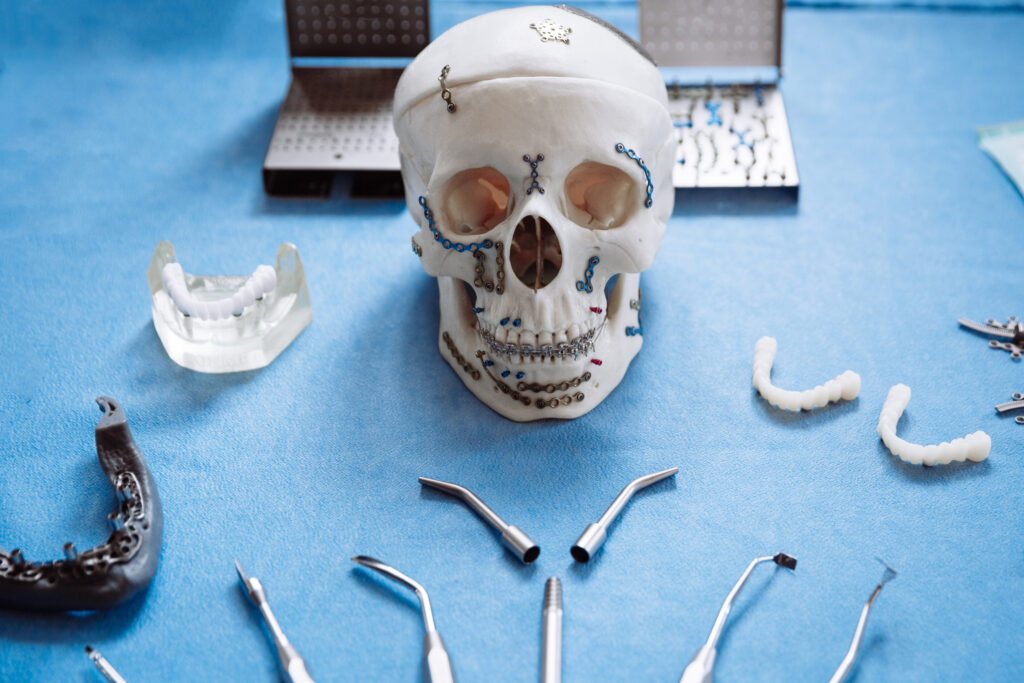Facial injuries may involve the soft and hard tissues of the forehead, eye sockets, nose and jaws that require varying degrees of surgery.
Who is it for?
People with these injuries commonly present to emergency departments throughout Australia and New Zealand, usually as a result of a physical assault, sporting injury, accidental fall or motor vehicle accident.
These injuries can range from major traumatic deformities that will require reconstructive operations with an admission to hospital, down to minor injuries to the face, mouth and tooth-supporting structures that can be managed in the emergency department or in an outpatient setting, depending on the injury.

The goal is always to return the patient to daily life as promptly as possible, and to restore them as closely as possible to their pre-injury status.
The treatment of facial trauma is complex and will require expert care
Facial trauma can be devastating to the individuals concerned, as vital structures responsible for the senses may be involved, such as sight, smell, hearing and taste. Associated nerve injuries may impair facial sensation and also the movement of facial muscles that provide facial expression.
Inadequately repairing underlying facial bone fractures may result in an inability to chew and result in an obvious physical deformity – so it’s important to trust in the expertise of those performing the procedures. For this reason, an Oral and Maxillofacial Surgeon is an ideal choice as they have the appropriate training to diagnose and manage a wide variety of facial and jaw injuries with optimal efficacy.
Your OMS surgeon may be involved from the earliest stages, if you present to an emergency department, or the initial consultation may be in a hospital ward or an outpatient clinic. The timing of any necessary surgery will be explained to you by your surgeon, along with any potential risks associated with various procedures. Where appropriate, the OMS may work in close collaboration with other specialties such as Neurosurgeons and Ophthalmologists.
The goal is always to return the patient to daily life as promptly as possible, and to restore them as closely as possible to their pre-injury status.

Locate an OMS in your area
Ready for the next step? Find an ANZAOMS member in your area within Australia and New Zealand today.

Is oral and maxillofacial surgery right for you?
We’ve put together a handy list of questions for you to discuss with your surgeon.
Find out more information on other procedures
Note: The information covered within this web page and across this website is not intended as a substitute for professional medical or dental advice, diagnosis, or treatment. It is listed to provide you with a general overview to help you communicate effectively when you seek the advice of an oral and maxillofacial surgeon.

